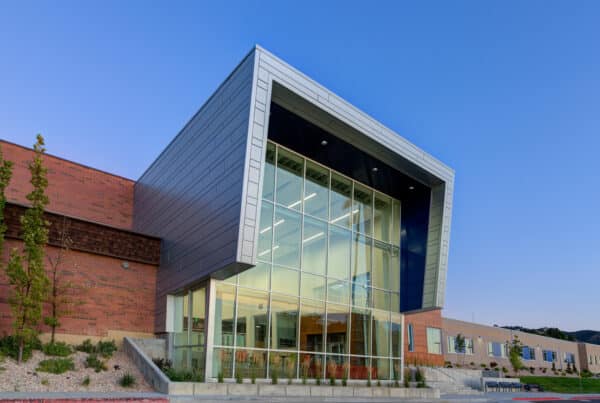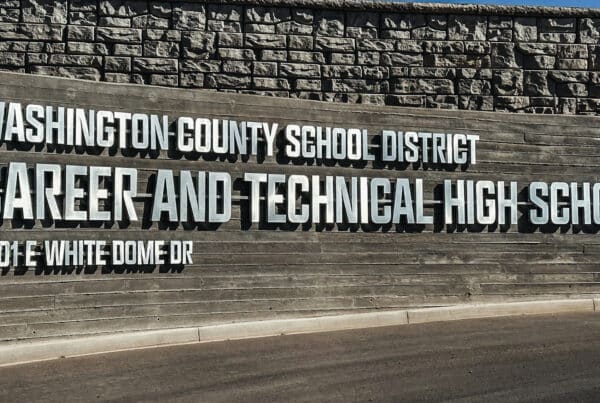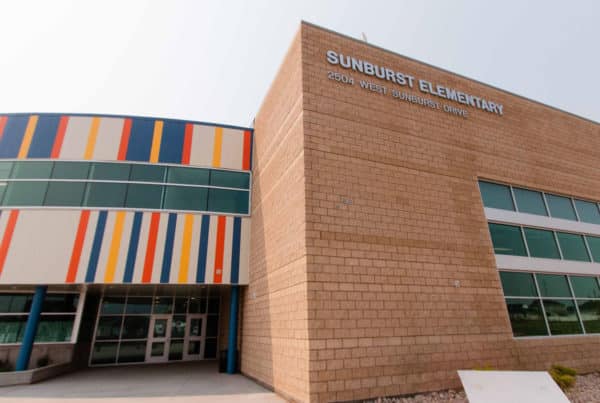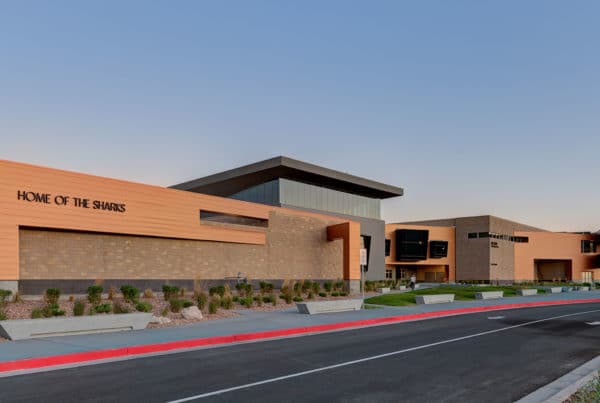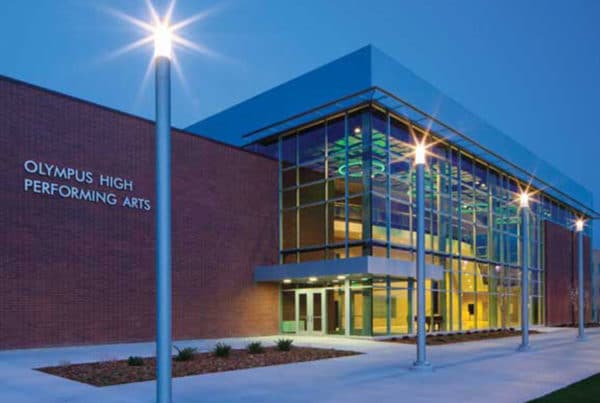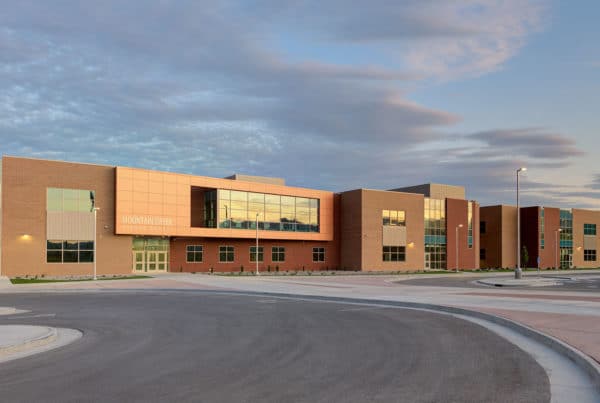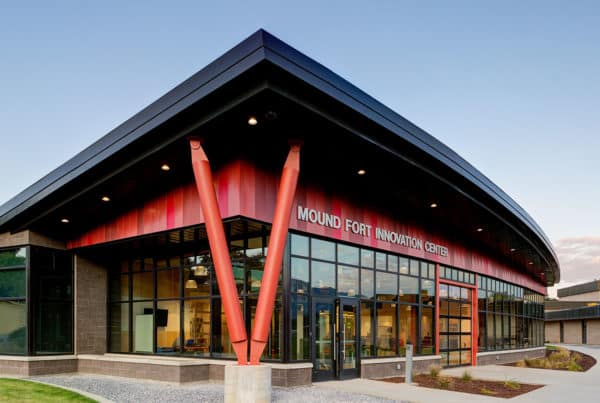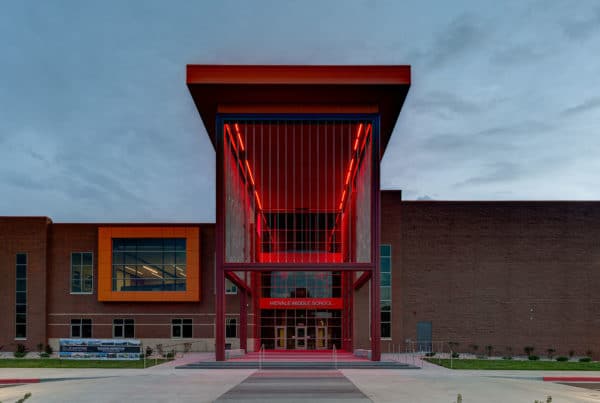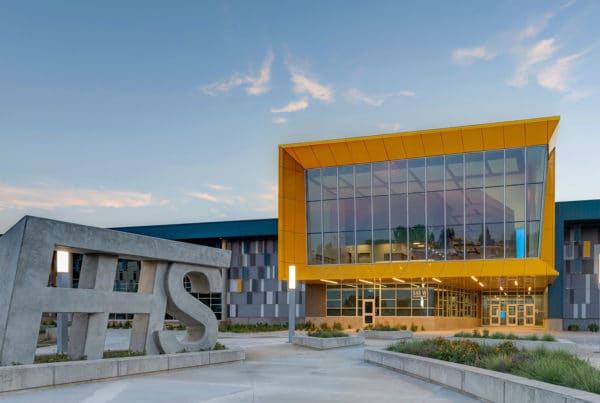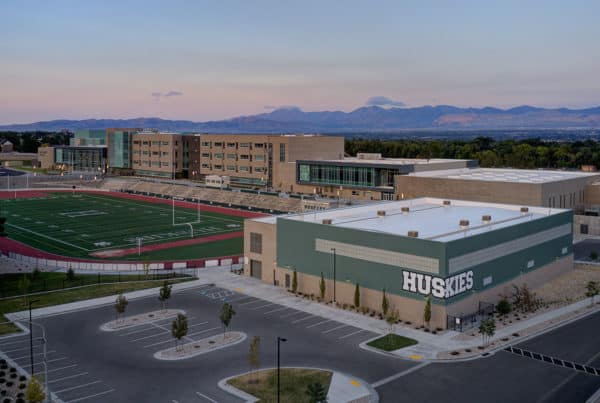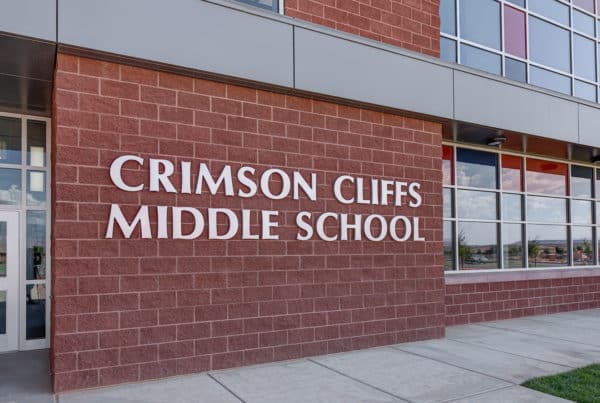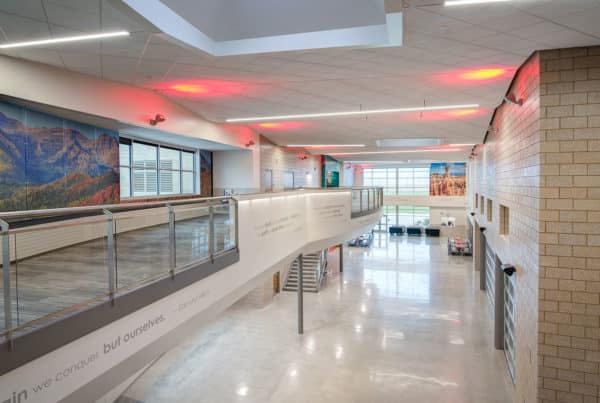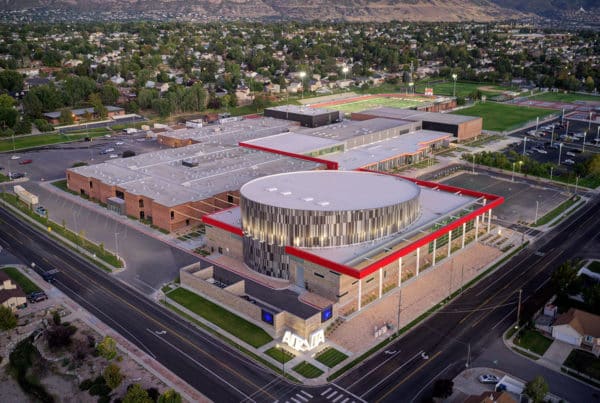
With a goal of maintaining focus on the learning environment, we design MEP and fire protection systems for schools while considering how adequate ventilation and temperature fluctuations affect the learning process. Our approach to sustainable educational design enables efficient, economical buildings that provide a healthy space to optimize learning.
How Can We Help?
Looking ahead to your next project? Make sure you have the right engineering team in place. Contact us today to see how VBFA can help bring your vision to life.
